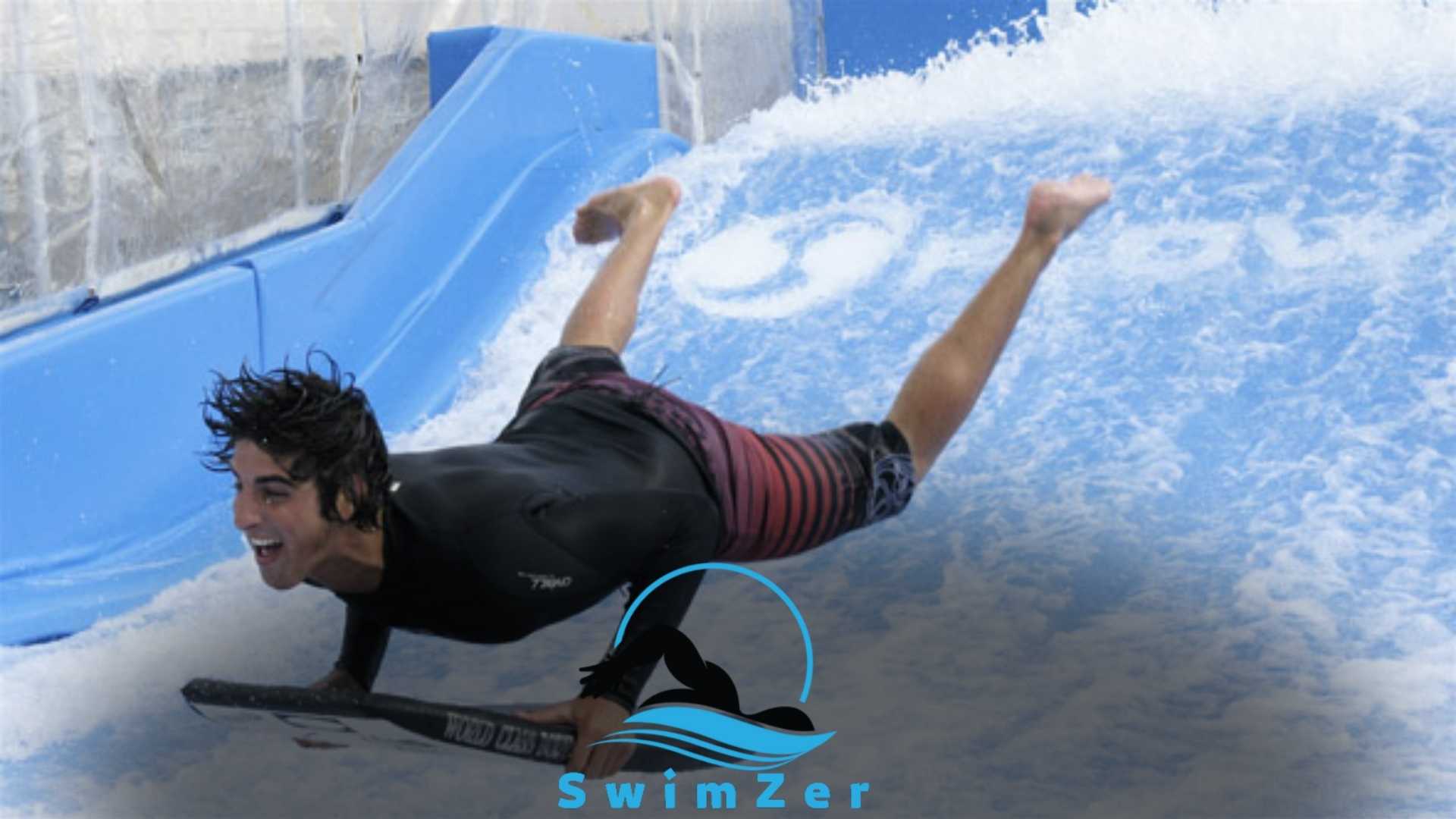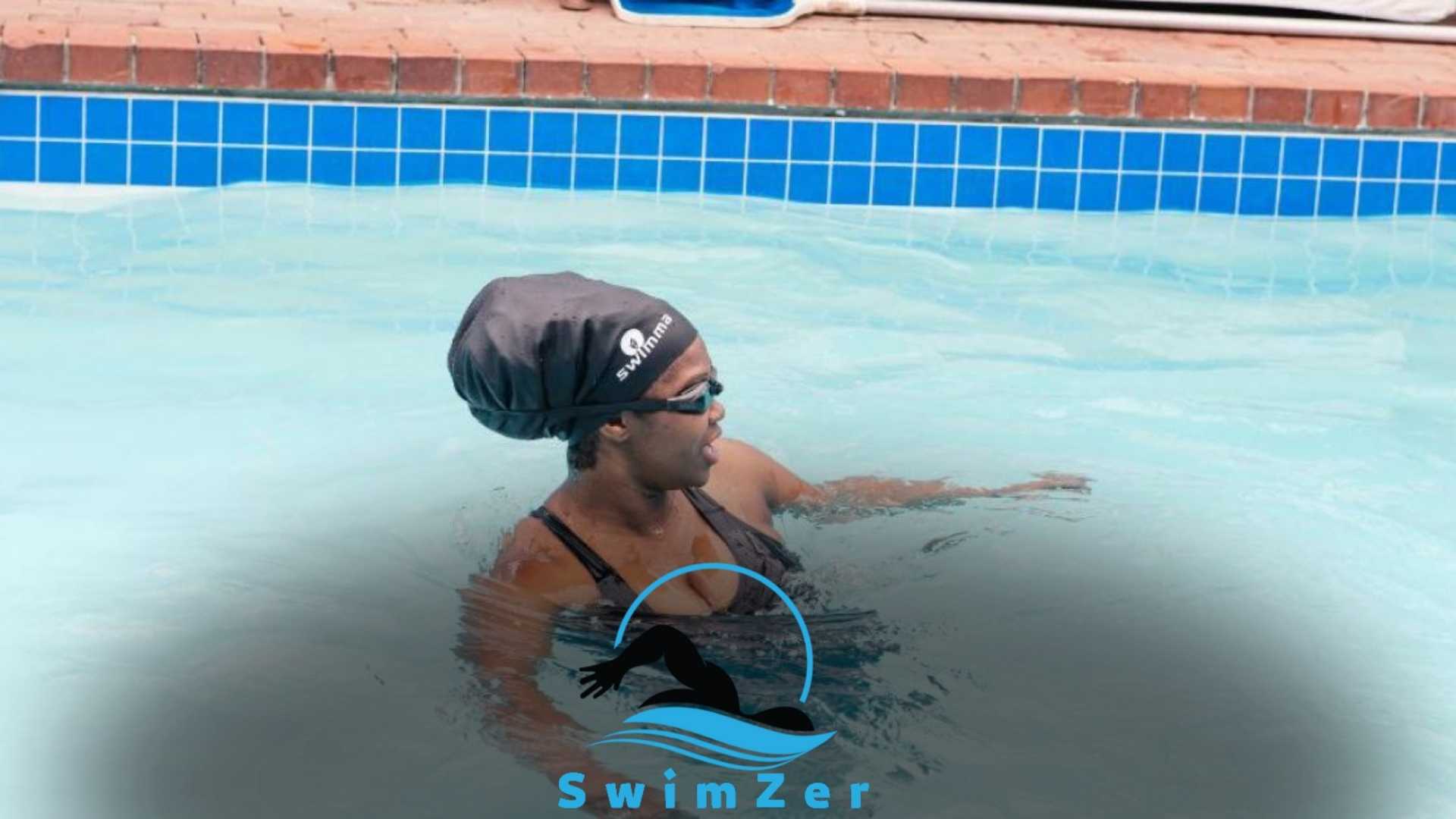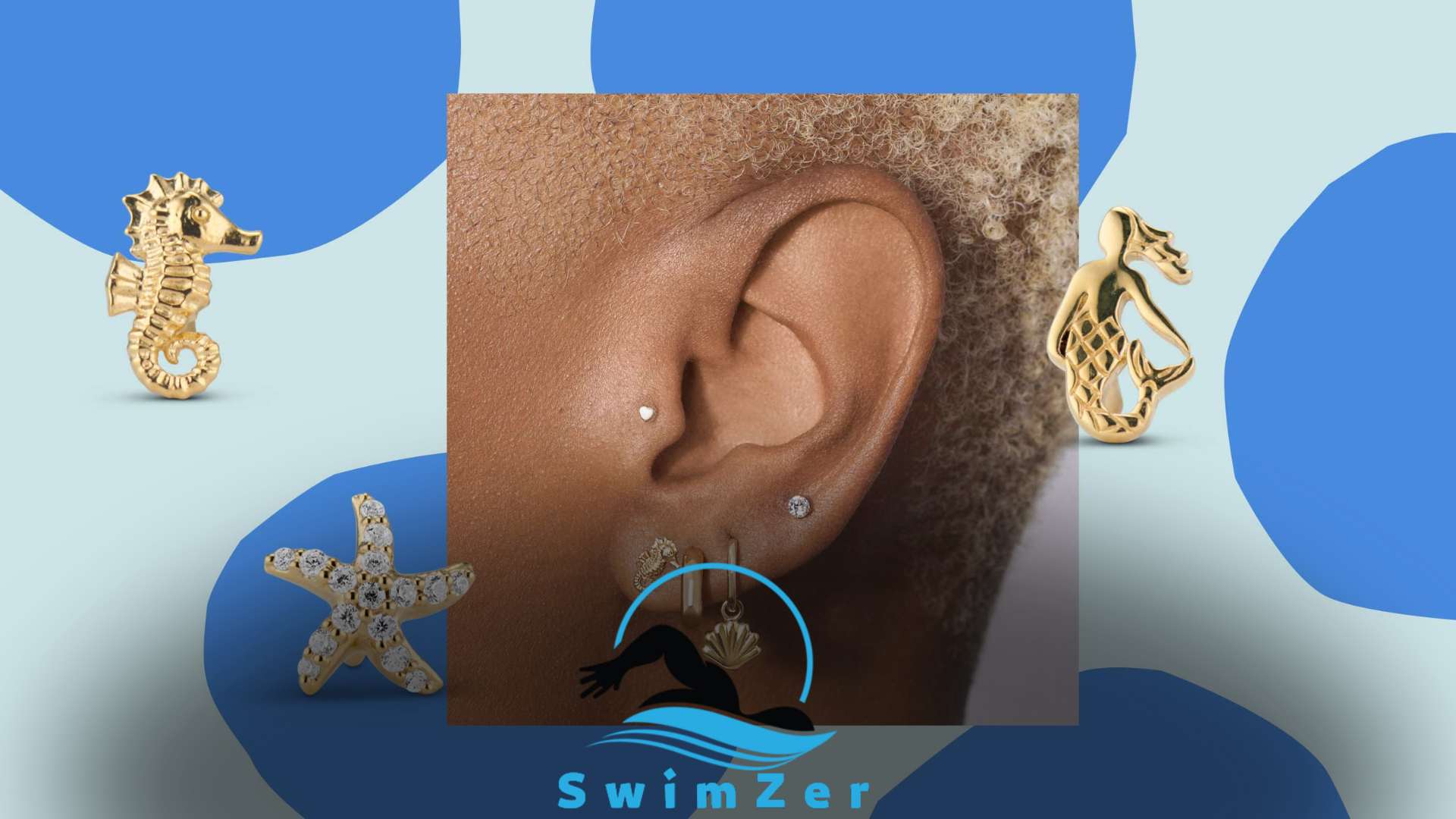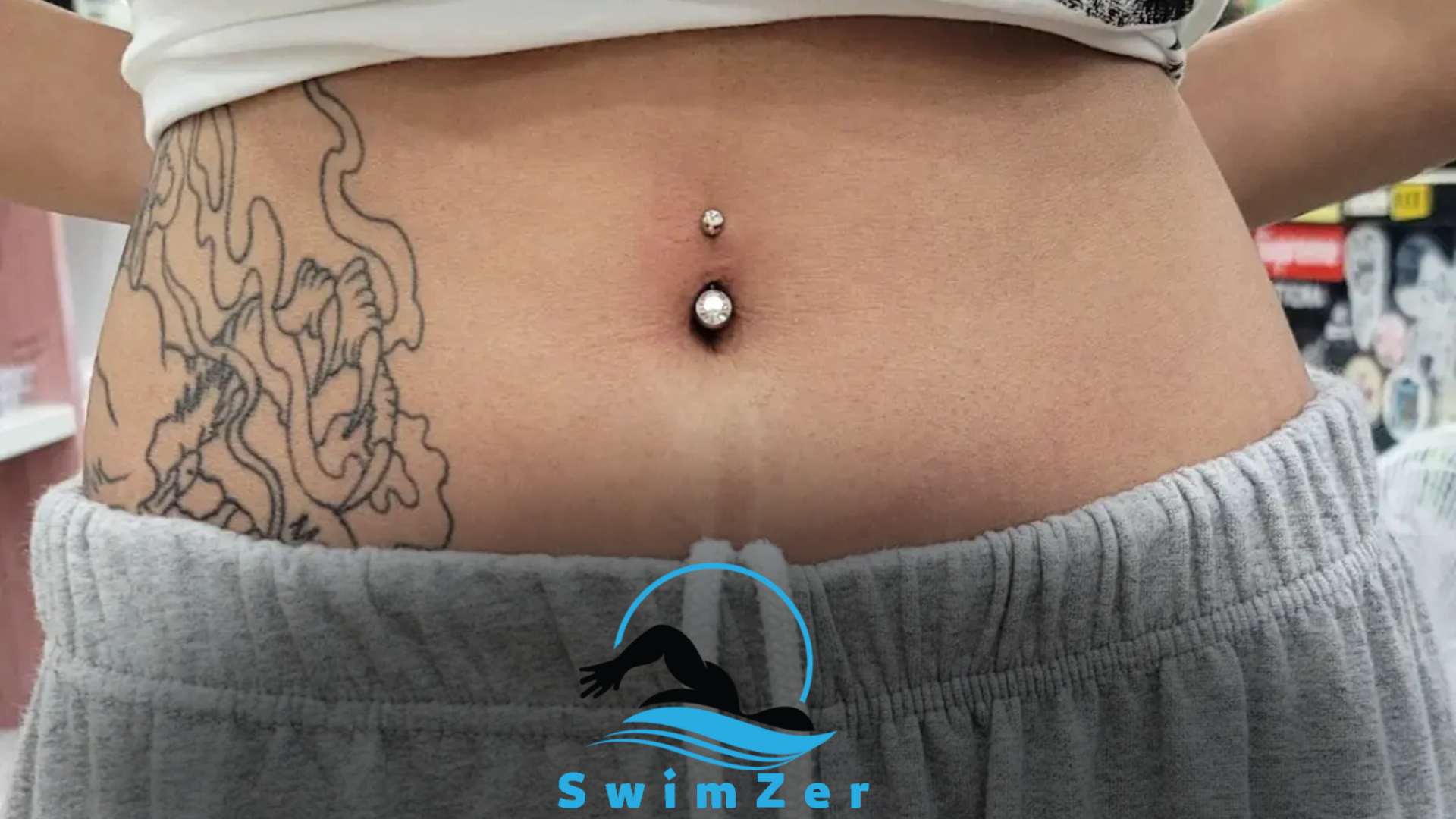You can swim with an insulin pump, but certain precautions must be taken to ensure its safety and functionality. An insulin pump is a small, portable device that continuously delivers insulin to a patient’s body.
It’s typically worn outside the body and attached to the skin with an adhesive patch. People who rely on insulin pumps to manage their diabetes may wonder if it’s safe to wear them while swimming.
The answer is yes, but there are precautions to take before diving in.
In this article, we will discuss the steps diabetic swimmers should take to ensure that the pump and its components remain unharmed during their swim.
We also provide helpful tips on adequately securing the insulin pump to avoid dislodgment in the water.
Understanding an Insulin Pump

An insulin pump is a small medical device that helps regulate insulin in diabetic patients. The device delivers insulin through a catheter placed under the skin, replacing the need for insulin injections.
Understanding how insulin pumps work is essential for diabetic patients.
An insulin pump releases small amounts throughout the day, mimicking the body’s natural insulin release. This helps maintain healthy glucose levels and prevents insulin spikes or crashes.
One of the main benefits of using an insulin pump is greater flexibility in daily life, such as meal times and exercise, making it easier for patients to manage their diabetes.
Before swimming with an insulin pump, precautions include disconnecting the device and ensuring the insertion site is secure.
For diabetics, managing their devices while swimming is crucial. Understand the guidelines for swimming with a continuous glucose monitor and how to ensure accurate readings.
Swimming With Insulin Pump: Pros and Cons
Swimming with an insulin pump can be exciting and concerning at the same time. Nevertheless, it offers a lot of benefits. Firstly, it provides continuous insulin infusion, ensuring blood glucose levels do not spike or dip.
Secondly, it makes tracking your insulin dosage easier while swimming.
Plus, it’s perfect for individuals who prefer to exercise in the water. Unfortunately, swimming with an insulin pump also comes with some drawbacks. For instance, the tubbing may get tangled while swimming, causing discomfort.
Additionally, the device may also malfunction and cause infection or injuries.
Before you decide, speak with your medical practitioner about whether swimming with an insulin pump would be safe.
Precautions to Take Before Swimming With an Insulin Pump
Before swimming with an insulin pump, certain precautions must be taken. Firstly, ensure the insulin pump is securely attached to your body before entering the water.
This can be achieved using well-fitted waterproof tape or a specially designed pump belt.
Secondly, managing insulin intake during swimming is crucial. Adjusting the basal rate of insulin delivery is highly recommended to avoid hypoglycemia. Caution should also be taken to prevent the insulin pump from getting damaged due to water exposure.
General precautions include monitoring blood sugar, carrying a backup pump in case of malfunctions, and using insulin formulated explicitly for water activities.
By following these measures, people with diabetes can safely enjoy swimming with their insulin pump.
Medical devices require special attention when swimming. Learn about the safety measures and recommendations for swimming with a PICC line to prevent complications.
Tips for Swimming With an Insulin Pump
Swimming is a great activity that can help people with diabetes maintain their blood sugar levels. However, knowing how to swim safely with an insulin pump is essential.
One of the first things to consider is selecting the right swimming gear.
A waterproof case can protect the pump from water damage. Additionally, it’s essential to maintain a healthy blood sugar level during swimming.
This can be achieved by testing your blood sugar before and after swimming and adjusting your insulin levels accordingly.
Lastly, keep the pump safe by securely attaching it to your body. With these tips, you can enjoy swimming while ensuring your insulin pump is secure and functioning correctly.
Catheters are essential for some individuals, but can they be used in pools? Dive into the guidelines for swimming with a catheter and how to ensure a safe swim.
Frequently Asked Questions
Can You Swim With an Insulin Pump and CGM?
You can swim with an insulin pump and CGM if waterproof. However, it is recommended to disconnect the pump before diving to prevent pressure changes affecting insulin delivery.
How Long Can You Disconnect Your Insulin Pump for Swimming?
It is safe to disconnect your insulin pump for up to an hour while swimming, although it is best to consult your healthcare provider for personalized recommendations.
How do you protect your insulin pump during swimming?
Some insulin pumps are designed to be waterproof, but if yours is not, you can invest in a watertight case. Additionally, disconnecting the pump before diving and wearing a life jacket can protect it from accidental water damage.
What to Do If Water Gets in Your Insulin Pump?
If water gets in your insulin pump, disconnect and remove the battery. Allow it to dry completely before reconnecting and resuming use. However, contact the manufacturer for support if it is not functioning correctly.
Can You Wear an Insulin Pump and Cgm While Surfing?
If waterproof and adequately secured, you can wear an insulin pump and CGM while surfing. Talk to your healthcare provider for guidance on protecting and maintaining your devices during water activities.
Conclusion
Swimming is a popular physical activity that provides numerous health benefits. Living with diabetes does not have to stop you from enjoying these benefits.
With insulin pumps in the picture, many questions arise regarding underwater performance. Swimming with an insulin pump is safe, but you must take extra measures to ensure its safety and prevent water damage.
Before diving in, detach the insulin pump and apply a waterproof covering such as an adhesive patch. Test your blood sugar levels regularly, and stay vigilant to prevent hypoglycemia or hyperglycemia.
With proper care and attention, you can enjoy swimming to the fullest with your insulin pump.
Do not let diabetes or insulin pumps keep you from an active lifestyle. Go ahead and dive in!

















